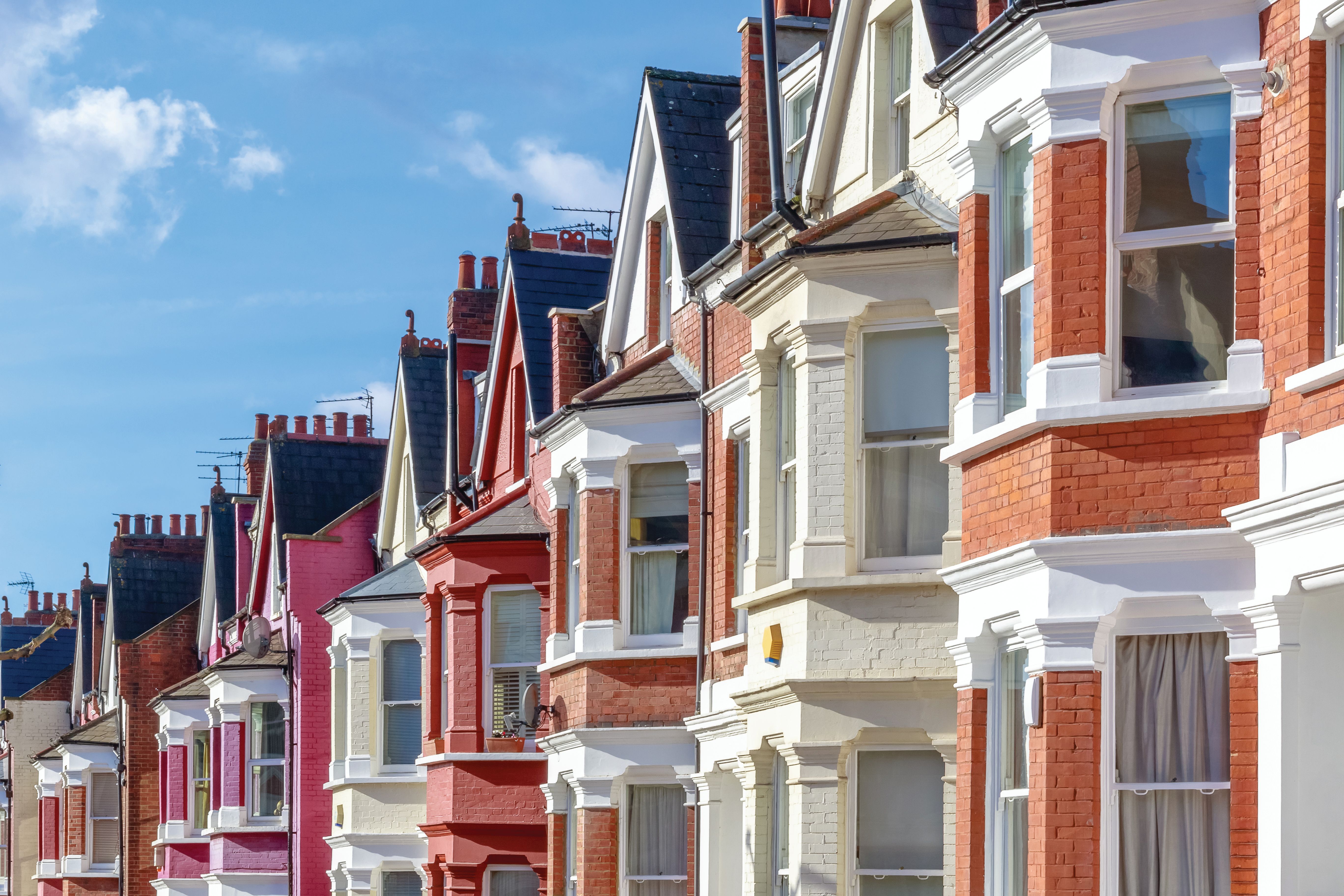
Landlord repossession claims hit record levels in the three months to September, while mortgage possessions jumped “significantly” according to the Ministry of Justice.
Its data monitors claims, orders, warrants and repossessions by country court bailiffs, which are all steps in the process that concludes with a home being repossessed.
The report says landlord possession claims in the third quarter, compared to a year ago, lifted 106% to 21,012, orders for possessions jumped 174% to 15,352, warrants are up 87% to 8,505 and repossessions rose 10% to 5,403.
Mortgage possession claims over the same period are up 30% to 3,680, orders for possessions lifted 103% to 2,491, issued warrants jumped 157% to 2,437 and repossessions almost doubled by 91% to 744. Data from UK Finance released today shows that a similar amount of homeowner properties were taken into possession over the period.
The Ministry’s statistician says: “Private landlord and accelerated procedure volumes have surpassed pre-pandemic Covid levels with private landlord claims recording the highest level ever, this quarter.”
The statistician adds: “Claim volumes for mortgage and landlord possession, which have increased quarter on quarter since the second quarter of 2021 with claim receipts now hovering around 70% of the pre-covid baseline.”
The report points out that the rise in landlord claims and orders rose across all regions, but as in previous quarters, there was a concentration in London. In the capital there were 5,919 landlord claims and 3,640 landlord orders in courts in the third quarter, accounting for 28% and 24% of the respective totals.
It says that the majority of the highest landlord possession claim rates were in London, with nine of the 10 highest rates occurring in the capital. Brent had the highest rate in the country, with 325 per 100,000 households.
While Medway in the South East had the highest rate of mortgage possession claims at 34 per 100,000 households.
Quilter mortgage expert Karen Noye says: “Repossessions spiked after the financial crisis but since then due to lenders taking a more proactive approach to helping struggling borrowers and also low interest rates the levels of repossessions have dramatically decreased.
“However, in the face of the cost-of-living crisis sadly the number of repossessions is starting to climb again.
“Historically, periods of high interest rates have coincided with an uptick in the number of repossessions due to people’s monthly payments increasing to levels they can no longer pay.
“With high energy and food prices some people will start to struggle to heat their homes, eat and service their mortgage and this will lead to repossession.”



